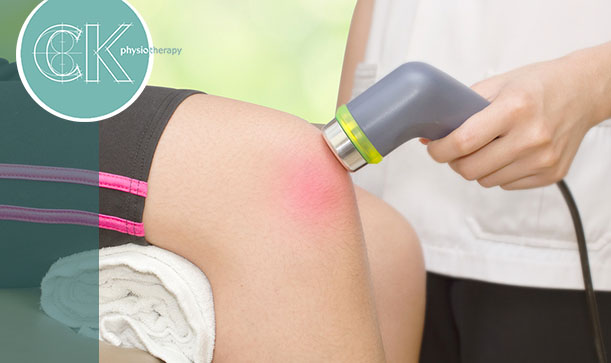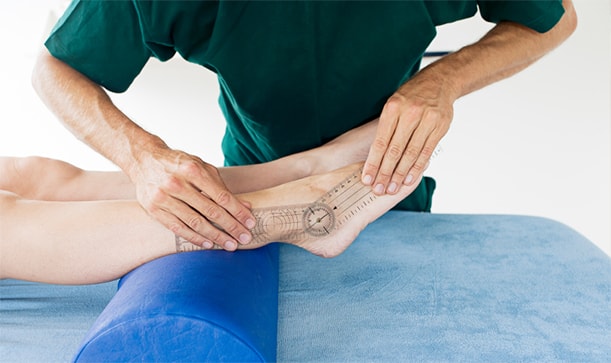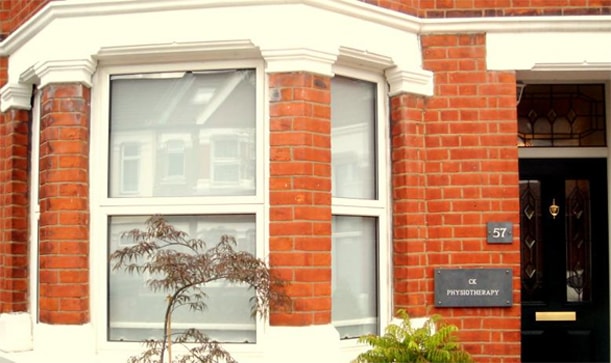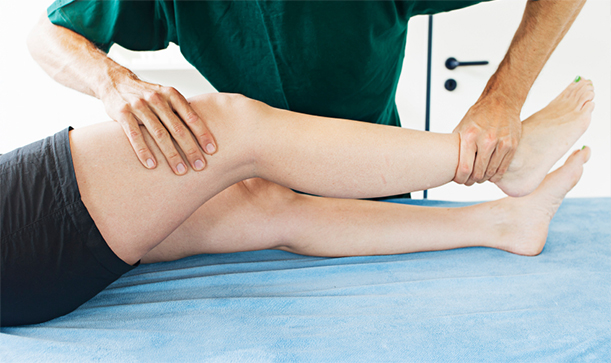CK Physiotherapy
AREAS COVERED
W7, W5, W13, Ealing, West London
57 Elthorne Avenue
Hanwell, W7 2JY
T: 020 8566 4113
M: 079 572 46185
E: info@ckphysio.co.uk
Location / Parking
We are situated in Hanwell, between Boston Manor Road and Northfields Avenue, south of the Uxbridge Road.57 Elthorne Avenue
Hanwell, W7 2JY
There are parking restrictions Mon - Fri 9-10am and 2-3pm. If you need a permit during this time please inform your therapist when you arrive. There are no parking restrictions at other times.
Opening Times
Please phone the number above during working hours to make an appointment. Our reception service will be happy to book your session.
London Underground / Bus Services
London Underground
10 min. walk from Boston Manor Tube Station.
15 min. walk from Northfields Tube Station.
Bus Service
E8, E3, E2, 207, 607, 83
Request Call Back
Our Blog
3 Things to Expect During Knee Physical Therapy Near Ealing
By: BryanKelly (Psst, View author in Google Plus) Date: Jan 6th, 2020According to John Hopkins Medicine, knee pain and knee injuries are common complaints from athletes and adults worldwide. Hurting your knee can be more than just painful and can limit your ability to perform daily tasks. That's why it's important to understand how to take care of your knee when you start feeling pain or how to treat a knee injury correctly.

Introducing Your Knee’s Anatomy and How You Can Injure It
Your knee is made up of three basic parts; the tibia which is the shin bone in your lower leg, the femur aka your upper leg or thighbone, and the patella which is your kneecap. Each bone is held in place by ligaments, muscles, and tendons.
The muscles are known as quadriceps and hamstrings, located on the front and back of your thigh. They help you straighten and bend your knee. Tendons are cords of tissue that connect the bones. Finally, the ligaments are divided into four main ligaments: (ACL) Anterior cruciate ligament, (PCL) Posterior cruciate ligament, (MCL) Medial collateral ligament, and the (LCL) Lateral collateral ligament. Each ligament provides either stability and protection for your knee or controls and limits the forward and backward movements of your leg.
A knee injury does not always happen due to a sports incident or another major accident. It can occur with simple daily movements. An injury to your knee occurs when stress is harshly or repeatedly placed on that knee, disabling the muscles, tendons, and ligaments from performing their duties. The seriousness of each injury varies but should be treated with caution. General pain can be caused by walking, standing, bending and lifting. While it may not start as an injury, even pain in your knee can lead to an injury if not properly treated.
Three Exercises For Knee Pain
If you're positive you've only overworked the muscles of your knee and haven't injured yourself, a daily physiotherapy routine can help you stabilize and regain control in your knee. Using these exercises will help build strength in your ligaments as well as assist them in relaxing and recovering from overextension.
Knee Extension
For quad strengthening, you can do open chain knee extension exercises in a chair. While sitting straight up, lift your leg until it's extended in front of you. Then slowly lower it until you've placed your foot back flat on the ground.
Mini Squats
Using a chair or table to stabilize your balance, bend your knee slightly and squat. These mini squats will help you regain mobility and balance as well as strengthen your ligaments.
Leg Extension
For additional help strengthening your quads, extend your leg as much as you can and tilt your foot towards you. Lift your foot and lower leg about an inch off of the ground while keeping your leg extended fully. This forces your quadriceps to stretch out, enabling your leg in its ability to bend through extension and straighten.
With a multitude of exercises to choose from when it comes to knee pain, you can regain full control and lessen discomfort when you've overworked your knee. For a routine specific to your needs, check in with a physio expert near Ealing. They can determine how serious your pain is and which exercises will help you feel relief from your pain the most. Concentrating on the exercises they provide you with will allow you to ease the tension surrounding your knee and ensure you're able to heal long before that pain turns into an injury.
Three Exercises for a Knee Injury
You can recover from a knee injury by performing several similar exercises you'd use to strengthen your knee that's overworked. However, you'll want to complete these exercises more than once a day to assist in regaining mobility, strengthening muscles and ligaments, and getting back to using your knee to the fullest extent possible.
Straight Leg Raise
Straight leg raises can help you through recovery by strengthening your quad muscles by stretching them out. You can perform this exercise sitting up or lying down, and you can use a stretching rope or towel to assist you until you build a little strength back up. From your position of choice, straighten and extend your leg as much as you can, then begin lifting it six inches off the ground and holding that position for 5 to 10 seconds. Do your best to maintain a straight leg as you lift and lower your leg. Repeat this exercise at least five times.
Knee Straightening
Another great exercise that can help you regain your knee extension ability, is knee straightening. You'll want to point your toes towards the sky and work on extending your leg out as much as you can. Gently push your knee towards the ground and hold the position for 2 to 5 seconds until you can work your way up to 5 to 10 seconds. This exercise will help you with mobility and help put a focus on the muscles surrounding your knee.
Knee Bends
Heel slides, otherwise known as knee bends, are another exercise that can be performed sitting up or lying down. Starting with your leg extended, slowly bring it towards you before pushing it back out and down. You'll want to only bend it to a degree you're comfortable with and allow it to help your muscles become familiar with movement again.
Benefits of Visiting a Physiotherapist
A physiotherapist can walk you through the steps of taking care of knee pains and knee injuries no matter how big or small. With their help, you'll be able to make a steady recovery, regain mobility, and build strength in the muscles that need a little extra attention. On top of assisting you through therapy, a physiotherapist can answer any questions you may have as well as explain the details behind each exercise and treatment that you may need.
As you begin your search for a physiotherapist near Ealing, contact us and schedule your appointment. Our experts are trained to assist in helping you regain mobility, ease your knee pain, and aid you in getting back to your full comfort levels with any knee injury.





